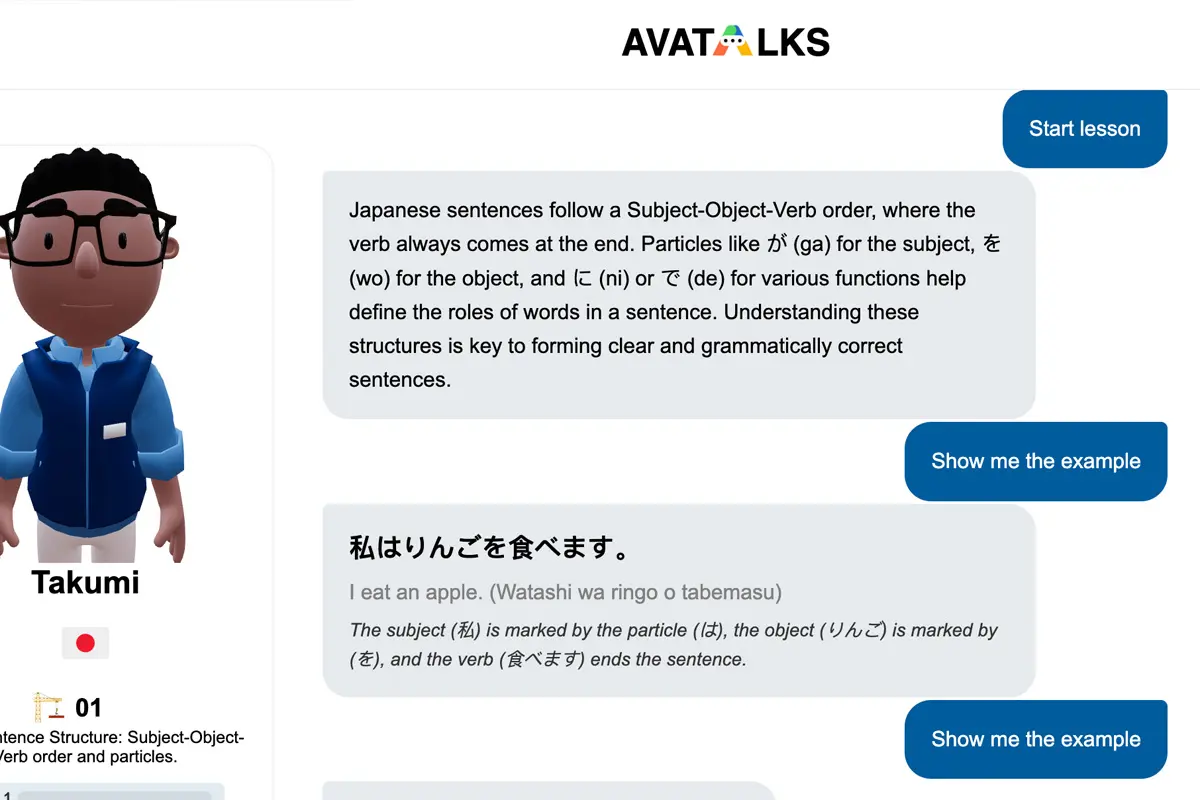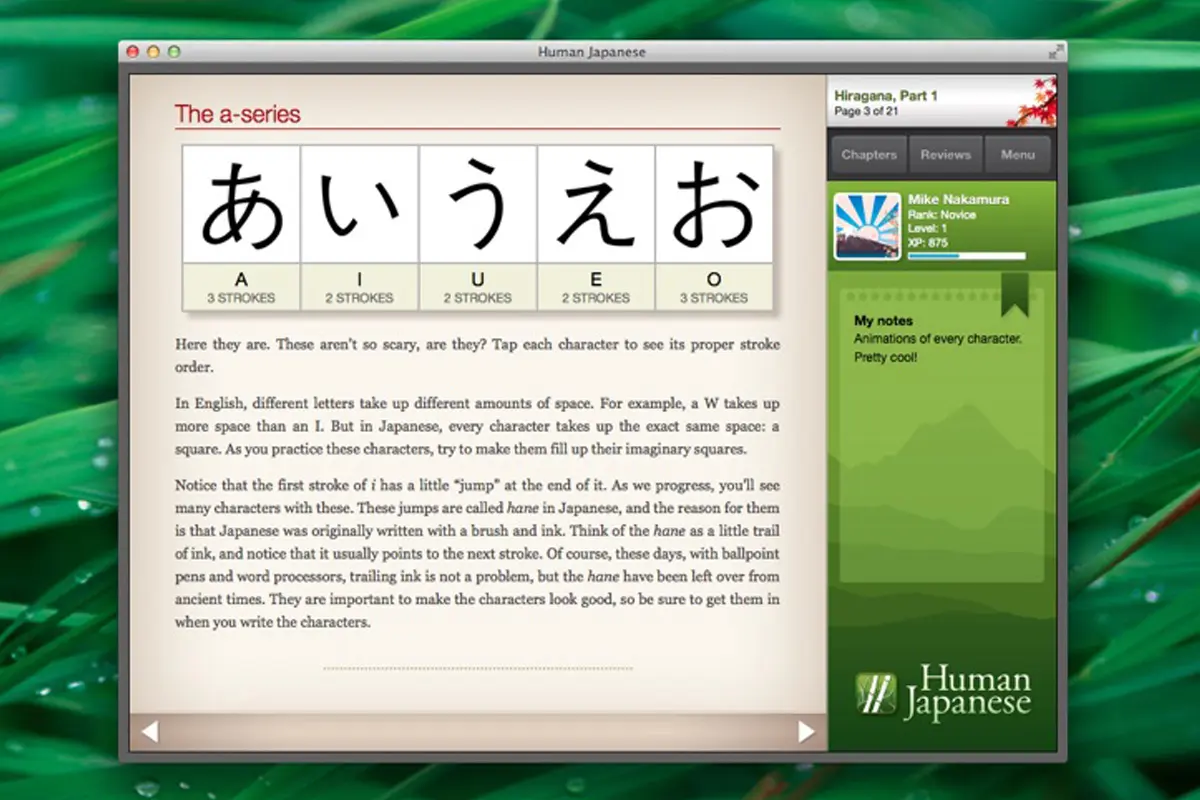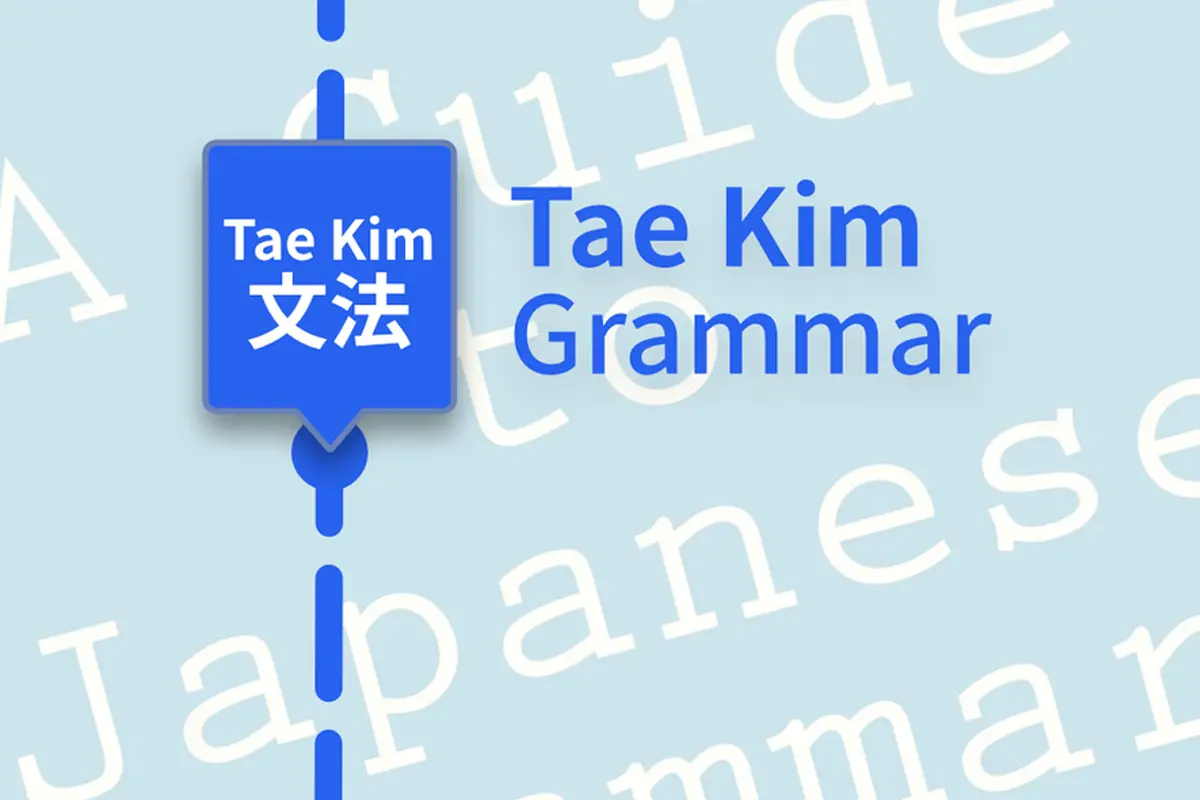
Photo by Đào Việt Hoàng on Unsplash
If you’re looking for the best Japanese grammar app to boost your skills, you need more than a simple flashcard tool. A truly great app should help you learn Japanese grammar points, understand how to apply them in real-life conversations, and guide you step-by-step whether you’re preparing for JLPT N5 or aiming for advanced fluency. The right app combines clear grammar explanations, interactive practice, and smart feedback so you can progress from absolute beginners to confident speakers.
Table of Contents
Open Table of Contents
Why You Need a Japanese Grammar App in 2025
For a Japanese learner, grammar can be the most challenging part of the journey. Memorizing rules isn’t enough—you need to apply them actively. A quality grammar app can teach sentence patterns, particles, and verb conjugations in context, reinforcing them with exercises that match your JLPT level.
In 2025, the best apps go beyond static lessons by integrating:
- Grammar explanations with cultural insights
- AI-powered speaking and writing checks
- JLPT-aligned study plans from N5 up to N1
- Adaptive learning to fit your pace and style
What to Look for in the Best Japanese Grammar App
1. Comprehensive Grammar Coverage
From beginner-friendly particles like は, が, を to advanced keigo expressions, the app should cover all grammar points needed for your target JLPT level.
2. Interactive Practice
Look for drag-and-drop sentence building, cloze tests, and speaking practice modes that reinforce grammar naturally.
3. Grammar Explanations That Stick
Clear, simple explanations with real examples help you remember grammar rules better than memorization alone.
4. Progress Tracking
Motivation comes from seeing your skills grow. A great app will track mastery for each grammar point.
5. Offline Access
For learners on the go, offline mode is essential.
Top Japanese Grammar Apps in 2025
1. Avatalks – Best for AI-Driven Grammar Practice

A comprehensive language learning platform that blends grammar lessons with interactive conversation practice.
- AI avatars for realistic dialogues
- Instant feedback on sentence structure
- Built-in vocabulary and listening lessons to strengthen your language foundation
Pros: Highly interactive, great for spoken Japanese practice.
Cons: Works best with stable internet.
2. BunPro – Best for JLPT Grammar Prep

- Grammar points sorted by JLPT N5–N1 level
- Spaced repetition for long-term retention
- Example sentences with translations
Pros: Ideal for structured learners.
Cons: Limited speaking exercises.
3. Human Japanese – Best for Story-Driven Learning

- Narrative-style lessons
- Cultural notes that make grammar relatable
- Visual breakdowns of grammar patterns
Pros: Engaging for absolute beginners.
Cons: Less focus on test preparation.
4. LingoDeer – Best Balanced Approach

- Combines vocabulary and grammar
- Native audio for every sentence
- Offline lessons
Pros: Beginner-friendly interface.
Cons: May feel light for advanced learners.
5. Tae Kim’s Guide – Best Free Grammar Resource

- Well-known grammar explanation format
- Searchable by topic or JLPT level
- Multiple examples per grammar point
Pros: Completely free.
Cons: No interactive features.
How AI is Improving Japanese Grammar Learning
Today’s grammar apps use AI to:
- Suggest grammar points based on your mistakes
- Provide instant sentence corrections
- Simulate real-life conversation scenarios
- Adapt difficulty to your JLPT level
Step-by-Step Plan to Master Grammar with an App
- Start with JLPT N5 basics: particles, basic verbs, sentence order.
- Practice daily for at least 10–15 minutes.
- Review mistakes immediately after exercises.
- Mix grammar with vocabulary for better recall.
- Test yourself regularly to track improvement.
Final Thoughts
The best Japanese grammar app makes learning grammar a natural, engaging process. Whether you’re using Avatalks for AI-driven roleplays, BunPro for JLPT prep, or Human Japanese for story-style learning, choose one that fits your study habits. With consistent practice, you’ll master grammar points faster and start using them confidently in everyday conversations.